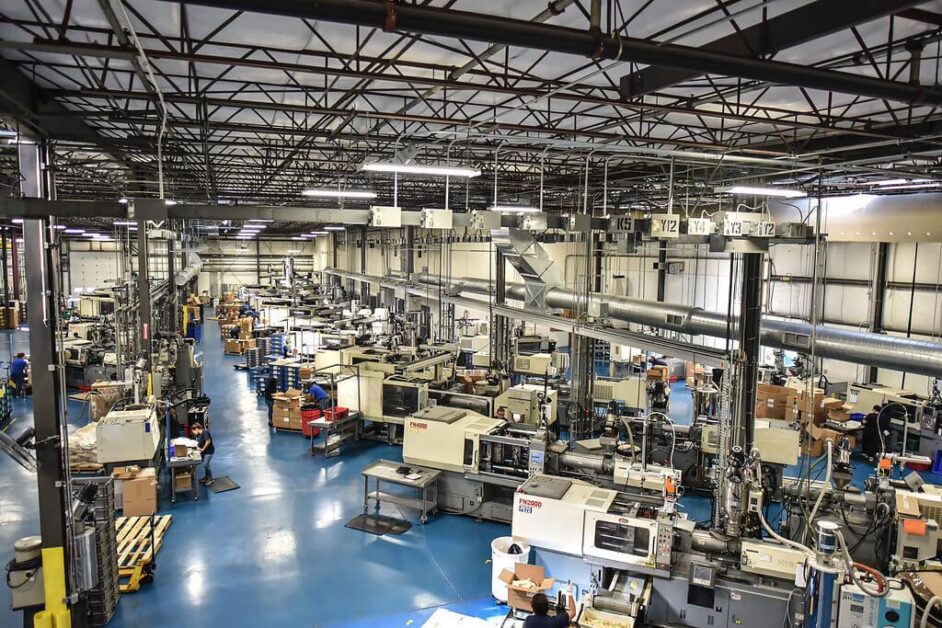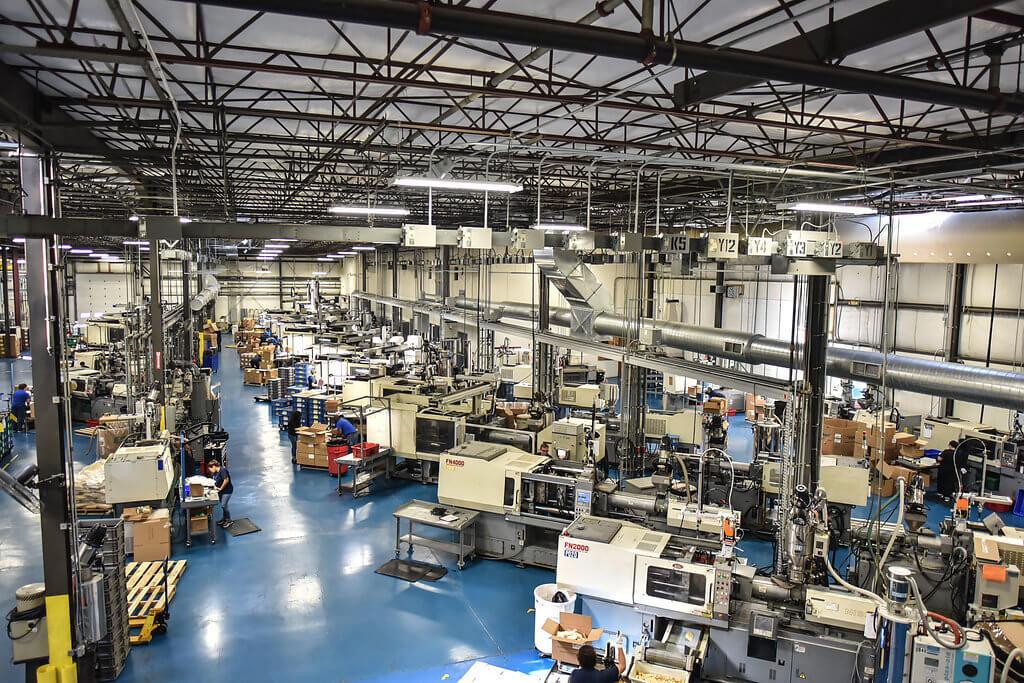Plastic injection molding machine are crucial in manufacturing a wide variety of products. Maintaining these machines properly not only boosts productivity but also extends their operational lifespan, reducing overall costs. In this article, we’ll discuss essential maintenance practices that ensure your injection molding machine runs efficiently for years to come.

Understanding the Importance of Maintenance
Regular maintenance of your plastic injection molding machine is vital for several reasons:
- Efficiency: Well-maintained machines operate smoothly and produce high-quality products.
- Cost-Effectiveness: Preventative maintenance can save you from costly repairs and unplanned downtime.
- Longevity: Consistent upkeep extends the lifespan of your equipment, protecting your investment.
By prioritizing maintenance, you can enhance productivity and maintain the integrity of your production processes.
Key Components of Your Injection Molding Machine
To maintain your machine effectively, it’s essential to understand its key components:
1. Injection Unit
This unit is responsible for melting plastic pellets and injecting the molten material into the mold. Regularly check the barrel and screw for wear and tear.
2. Clamping Unit
The clamping unit holds the mold securely in place during the injection process. Inspect the clamping mechanism for proper operation and alignment.
3. Hydraulic System
This system powers the clamping and injection units. Ensure the hydraulic fluid is at the correct level and replace it as recommended.
4. Electrical System
The electrical system controls the machine’s functions. Regularly inspect wiring and connections for signs of damage or wear.
5. Cooling System
A well-functioning cooling system is vital for the efficient production of molded parts. Monitor the temperature and inspect cooling lines for blockages.
Daily Maintenance Checks
Daily Inspections
Conduct daily inspections to identify any potential issues before they escalate. Check for:
- Signs of leaks in the hydraulic system.
- Proper functioning of the cooling system.
- Unusual noises during operation.
Cleaning
Cleaning should be part of your daily routine. Residue buildup can negatively affect machine performance and product quality. Clean the following components regularly:
- Nozzle and Barrel: Remove any plastic residue to prevent clogs.
- Mold: Clean after every production cycle to ensure consistent quality.
Weekly and Monthly Maintenance
Weekly Tasks
- Lubrication: Lubricate moving parts to reduce friction and wear. Use high-quality lubricants recommended by the manufacturer.
- Hydraulic Fluid Check: Inspect hydraulic fluid levels and replace filters as needed to maintain system efficiency.
Monthly Tasks
- Electrical System Review: Check for loose connections and signs of wear in the electrical system. Ensure all safety mechanisms are operational.
- Cooling System Maintenance: Inspect and clean cooling lines to ensure efficient heat exchange.
Temperature Control: A Critical Factor
Temperature management is crucial for the effective operation of your injection molding machine. Here are key considerations:
Monitor Temperature Settings
Regularly check the temperature settings for both the injection unit and the mold. Overheating can lead to material degradation and poor product quality.
Inspect Cooling Lines
Cooling lines should be free of blockages to ensure effective cooling. Clean and inspect these lines routinely to prevent any buildup that could hinder performance.
Troubleshooting Common Problems
Even with regular maintenance, issues can arise. Here are some common problems and their solutions:
1. Poor Part Quality
If you notice defects in the molded parts, investigate the following:
- Material feed: Ensure the right type and quality of plastic are being used.
- Temperature settings: Check if the injection temperature is appropriate for the material.
- Mold condition: Inspect for damage or wear that may affect part quality.
2. Unexpected Downtime
Downtime can significantly affect productivity. If your machine experiences unplanned stops, look into:
- Mechanical failures: Check for broken components.
- Electrical issues: Inspect wiring and connections for faults.
- Lubrication: Ensure that all moving parts are adequately lubricated.
Staff Training and Safety Protocols
Proper training for operators and maintenance staff is essential. Make sure they are knowledgeable about:
- Operational Procedures: Familiarize them with daily checks, maintenance tasks, and emergency procedures.
- Safety Protocols: Implement safety measures to protect workers during maintenance activities. This includes using appropriate personal protective equipment (PPE) and understanding emergency shutdown procedures.
Keeping a Maintenance Log
Documenting all maintenance activities is crucial for tracking the health of your injection molding machine. A maintenance log should include:
- Dates of inspections and repairs.
- Parts replaced or serviced.
- Any issues encountered and the resolutions implemented.
This log can help identify patterns over time, allowing for more informed maintenance decisions in the future.
Conclusion
Maintaining your plastic injection molding machine is essential for its longevity and efficiency. By implementing regular inspections, cleaning, lubrication, and temperature control, you can significantly enhance your machine’s performance. Remember that investing time and resources into proper maintenance not only improves productivity but also ensures high-quality production, reducing the risk of costly downtime and repairs. Embrace these maintenance practices, and your injection molding machine will serve you effectively for years to come. read more



More Stories
Using a Virtual Office for Your GST Registration
Hellstar Hoodie has become an iconic piece in
Why Should Consider Buying Dog Supplements